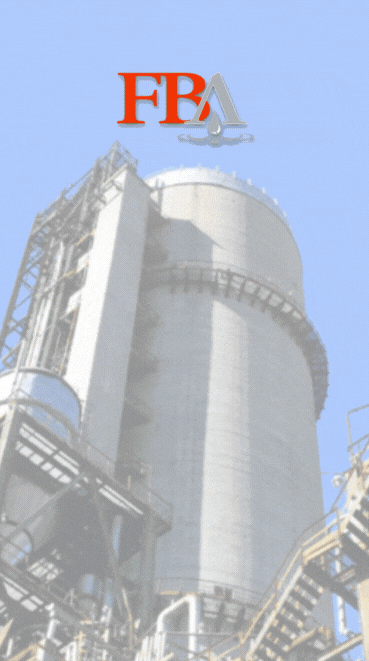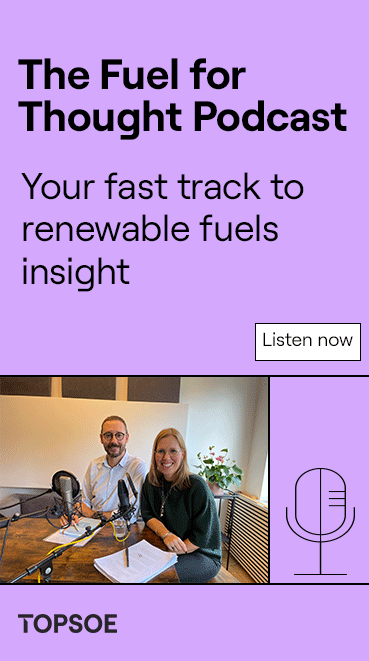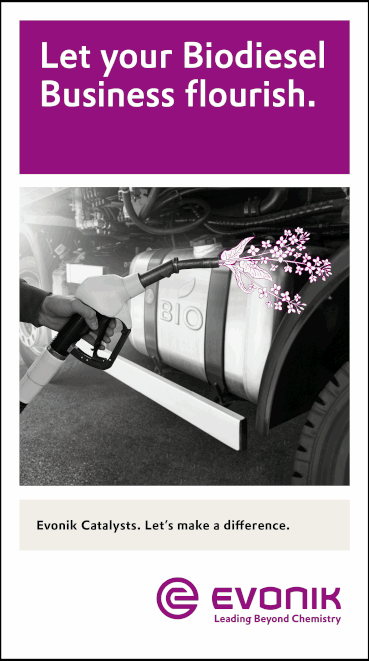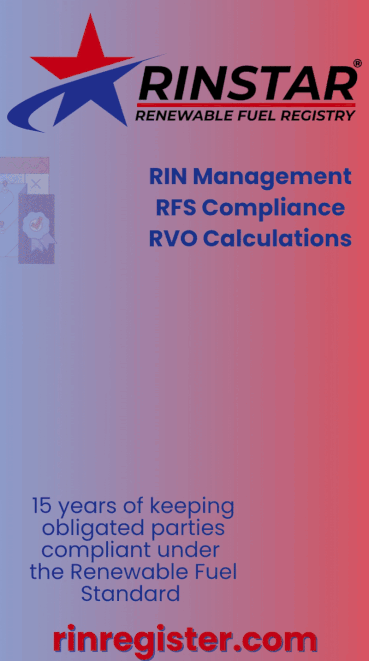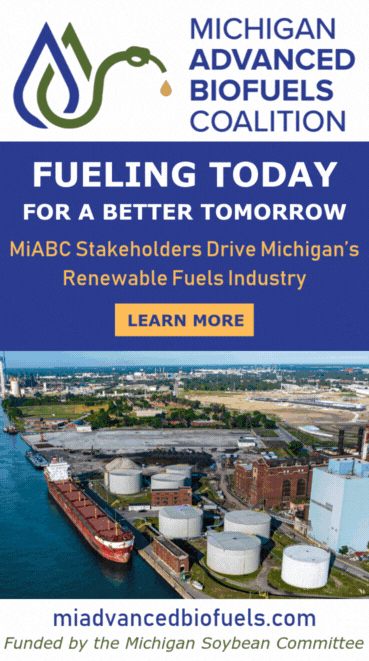Navigating SAF Coprocessing
- Ignacio Costa
- Jun 26
- 4 min read

Critical factors to consider for derisked, readily scalable SAF production.
Interest in coprocessing is growing as it offers a practical and scalable way to ramp up sustainable aviation fuel (SAF) production to meet 2030 targets. For refineries, this method enables integration of renewable feedstocks into conventional refining processes, blending them with fossil-based feedstocks. The result is a drop-in biojet fuel produced within a mostly already-existing infrastructure, making coprocessing an economically viable and efficient approach to increasing SAF supply without requiring a significant change or expenditure.
Because coprocessing leverages current refining assets, it significantly minimizes capital expenses. It also reduces the carbon footprint and sidesteps the need for building new, specialized units. Coprocessing can be implemented across various hydroprocessing units including kerosene hydrotreaters, diesel hydrotreaters and hydrocrackers. Among these, the kerosene hydrotreater stands out as the most effective unit for SAF production. This may sound surprising to many. Kerosene hydrotreaters typically do not operate at favorable conditions or have significant catalyst volumes. But Topsoe has developed a dewaxing catalyst that is able to thrive in these conditions and achieve fully on-spec SAF, while keeping the valuable renewable molecules in the liquid.
Coprocessing is a well-established and proven technology. Topsoe has been producing renewable fuels through coprocessing since 2004, with over 90 successful implementations across various refinery-unit types. The technology and catalysts behind blending renewable and fossil feedstocks successfully is not new—it has been refined, derisked and optimized over time. This makes it a reliable and mature solution for refineries looking to scale SAF production quickly and efficiently.
In an existing kerosene hydrotreater, for example, ASTM clearly defines the amounts allowed to be coprocessed for SAF production. The easiest pathway is to introduce up to 5 percent renewable feedstock by volume in the existing asset. For many units, this will require a new catalyst system but low, or no, revamping cost.

The introduction of renewable feedstock may require a larger catalyst volume and different catalyst compared to the original fossil kerosene-hydrotreater design. To meet Jet A or Jet A-1 freezing-point specifications (minus 40 degrees Celsius and minus 47 degrees C, respectively), the n-paraffins present in renewable feedstocks must be effectively isomerized. Isomerization can be achieved with dewaxing catalyst, and this is nothing new. But the groundbreaking development is that Topsoe’s TK-930 D-wax™ catalyst can meet this low freezing point while retaining biogenic carbon in the final jet-fuel product, even at unfavorable conditions of kerosene-hydrotreating units.
Due to their high oxygen content, renewable feedstocks can require up to 25 times more hydrogen than fossil-kerosene feedstocks, potentially necessitating upgrades to the make-up and recycle-gas compressors to maintain hydrogen supply. Their acidic nature and chloride content can also cause corrosion, so depending on where the feedstock is introduced, material checks may be needed to mitigate risk. Additionally, the formation of ammonium-chloride salts might require relocating wash-water injection points at the reactor outlet. Furthermore, since triglyceride-based feedstocks contain about 11 percent oxygen, hydroprocessing them generates significantly more water—along with some CO and CO2—possibly requiring increased water-boot capacity.
The operating conditions for coprocessing in a hydroprocessing unit are highly variable and depend on a range of factors specific to each case. While most hydroprocessing units are suitable for coprocessing, there are no universally recommended conditions that apply across all scenarios. Instead, the optimal conditions are determined by several key factors that influence the efficiency and effectiveness of the process.
One critical factor is the amount of renewable feedstock being coprocessed. The volume of renewable feedstock can significantly impact the operating parameters. For instance, higher volumes may necessitate adjustments to temperature, hydrogen-to-oil ratio and more to ensure smooth and efficient processing.
Similarly, the hydrogen-to-oil ratio is a critical parameter that can affect the stability of the catalyst utilized for coprocessing operations. This ratio often needs to be fine-tuned based on the type and volume of renewable feedstock being processed.
The range of a unit’s design and operational temperatures also plays a vital role in coprocessing. The temperature at which the unit is able to operate must align with the requirements of the feedstock and the desired product. Some facilities do not have the necessary heating capacity to ensure achievement of the desired freezing point.
Lastly, the available catalyst volume or the liquid hourly space velocity (LHSV) can influence the coprocessing operation. The amount of catalyst volume available in the unit is crucial to fix the correct catalyst-loading scheme that will ensure attaining product specs for the desired cycle length.
European legislation gives a clear directive on how to correctly evaluate and certify coprocessed SAF and many refineries there have placed orders or are already operating with Topsoe’s TK-930 D-wax™ to produce SAF by coprocessing. In the U.S., coprocessing is not eligible for credits under section 45Z.
There is no one-size-fits-all solution for coprocessing. At Topsoe, a thorough evaluation is conducted for each specific case to determine how to make coprocessing a reality at each refinery.

Author: Ignacio Costa
Technology Licensing Manager
Topsoe







